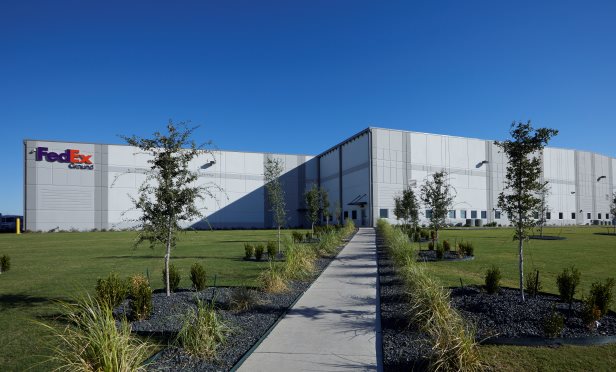DALLAS—As the industry remains uncertain about how an extended trade war could affect the price of new construction, adaptive reuse may be a viable alternative for many developers and investors. In this exclusive, KC Conway, CCIM Institute chief economist/director of research and corporate engagement at the University of Alabama's Center for Real Estate, examines the new era of adaptive reuse. In a report Conway authored in partnership with the Alabama Center for Real Estate, he says reuse represents the first step to redefine and quantify the adaptation of obsolete commercial properties for new uses as an institutional-grade product category.
GlobeSt.com: Adaptive reuse has been part of the industry conversation for at least the past 10 years. Why have you decided to examine this topic now?
Recommended For You
Conway: Several factors are driving interest in adaptive reuse now more than ever before. First, there is a population migration back to the city—not just by Millennials, but Baby Boomers as well. That migration back to the city translates into demand for everything from housing to services. Second, there is a scarcity of developable land in most urban areas; therefore, developers are forced to re-examine empty or under-utilized buildings. Third, ground-up new construction costs are rising to levels that make adaptive reuse an economically attractive option. Our research found that adaptive reuse projects cost as much as 15% to 20% less than a new construction alternative. The one caveat here is environmental. If a site or building has a material environmental issue, that economic advantage can quickly dissipate. And finally, the growth of e-commerce and demise of traditional retailing is creating a supply of assets that need to be repurposed. Whether it is a defunct mall converted to a warehouse like one in Mesquite, TX or a closed branch bank in a small town, cities are increasingly having to figure out how to make these assets productive again. The loss of property tax and sales tax revenue is a material concern to cities. And that in turn is causing cities to rethink zoning and approval processes to facilitate more adaptive reuse that can turn blight back to economically bright.
GlobeSt.com: What factors have been preventing adaptive reuse from reaching its true potential as a product category?
Conway: The primary factors inhibiting adaptive reuse activity until late have been cost and the approval and permitting process. That is changing as demand for urban locations and rents have risen in the wake of the financial crisis. Projects that were once passed over are now economically viable. Another key factor has been zoning and approval process inflexibility. Cities are realizing that flexibility is required in the zoning and approval process to bring vacant or functionally obsolete assets back to life. To date, these items revolve around things like parking and density. Cities have figured this out and they're a blueprint for other communities to study.
The other key impediments are the lack of an industry-recognized definition and the data to underwrite adaptive reuse projects to attract debt and equity capital. ACRE and CCIM Institute have proposed a definition in the report and begun the quantification process, but addressing the lack of underwriting data is a longer-term project. The team at ACRE has started to build the nation's first adaptive reuse database to demystify development and investment in this increasingly relevant product category.
GlobeSt.com: How can commercial real estate professionals prepare to capitalize on the new era of adaptive reuse?
Conway: The first thing they can do is become familiar with the fundamental demand drivers: Millennials entering the workforce, scarcity of developable land in urban areas, rising costs for new construction and alternative solutions for needs like affordable housing. Then they can begin to inventory the assets that are candidates for adaptive reuse in their own community. Those professionals who can match the demand to a supply alternative, like a closed big-box retail store or a functionally obsolete warehouse to a need for affordable housing or a new experiential retail concept like a Top Golf, will be the ones that advance adaptive reuse.
The second thing is to engage with city and community leaders to assess their awareness of adaptive reuse and local government's receptiveness to evolving their ordinances and approval processes to make repurposing vacant or under-utilized real estate feasible.
Finally, interact with some of the design and engineering companies that have successfully repurposed properties to understand the challenges and lessons. Our discussions with the developers for all the projects profiled in the report revealed a lot of lessons learned.
GlobeSt.com: What would be your takeaway or call to action for city leaders and communities?
Conway: Start to inventory the potential adaptive reuse assets/empty buildings in your community and begin to assess your community's needs: More affordable housing? More hotel rooms? More experiential retail? Think about how you can align that inventory with assets that could be used to address the community's needs.
© Touchpoint Markets, All Rights Reserved. Request academic re-use from www.copyright.com. All other uses, submit a request to [email protected]. For more inforrmation visit Asset & Logo Licensing.








